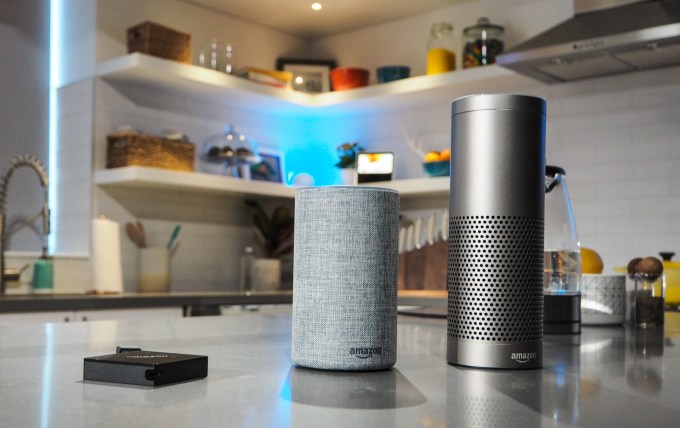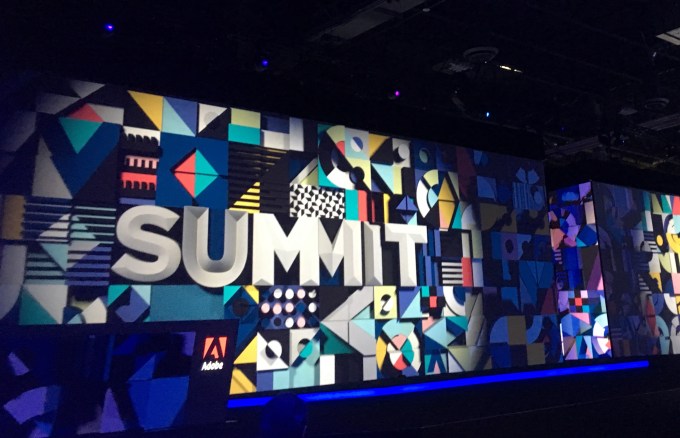At the Adobe Summit this week in Las Vegas, the company introduced what could be the ultimate customer experience construct, a customer experience system of record that pulls in information, not just from Adobe tools, but wherever it lives. In many ways it marked a new period in the notion of customer experience management, putting it front and center of the marketing strategy.
Adobe was not alone, of course. Salesforce, with its three-headed monster, the sales, marketing and service clouds, was also thinking of a similar idea. In fact, they spent $6.5 billion dollars last week to buy MuleSoft to act as a data integration layer to access customer information from across the enterprise software stack, whether on prem, in the cloud, or inside or outside of Salesforce. And they announced the Salesforce Integration Cloud this week to make use of their newest company.
As data collection takes center stage, we actually could be on the edge of yet another data revolution, one that could be more profound than even the web and mobile were before it. That is…the Internet of Things.
Here comes IoTThere are three main pieces to that IoT revolution at the moment from a consumer perspective. First of all, there is the smart speaker like the Amazon Echo or Google Home. These provide a way for humans to interact verbally with machines, a notion that is only now possible through the marriage of all this data, sheer (and cheap) compute power and the AI algorithms that fuel all of it.

Next, we have the idea of a connected car, one separate from the self-driving car. Much like the smart speaker, humans can interact with the car, to find directions and recommendations and that leaves a data trail in its wake. Finally we, have sensors like iBeacons sitting in stores, providing retailers with a world of information about a customer’s journey through the store — what they like or don’t like, what they pick up, what they try on and so forth.
There are very likely a host of other categories too, and all of this information is data that needs to be processed and understood just like any other signals coming from customers, but it also has unique characteristics around the volume and velocity of this data — it is truly big data with all of the issues inherent in processing that amount of data.
The means it needs to be ingested, digested and incorporated into that central customer record-keeping system to drive the content and experiences you need to create to keep your customers happy — or so the marketing software companies tell us, at least. (We also need to consider the privacy implications of such a record, but that is the subject for another article.)
Building a better relationshipRegardless of the vendor, all of this is about understanding the customer better to provide a central data gathering system with the hope of giving people exactly what they want. We are no longer a generic mass of consumers. We are instead individuals with different needs, desires and requirements, and the best way to please us they say, is to understand us so well, that the brand can deliver the perfect experience at exactly the right moment.

Photo: Ron Miller
That involves listening to the digital signals we give off without even thinking about it. We carry mobile, connected computers in our pockets and they send out a variety of information about our whereabouts and what we are doing. Social media acts as a broadcast system that brands can tap into to better understand us (or so the story goes).
Part of what Adobe, Salesforce and others can deliver is a way to gather that information, pull it together into his uber record keeping system and apply a level of machine and learning and intelligence to help further the brand’s ultimate goals of serving a customer of one and delivering an efficient (and perhaps even pleasurable) experience.
Getting on boardAt an Adobe Summit session this week on IoT (which I moderated), the audience was polled a couple of times. In one show of hands, they were asked how many owned a smart speaker and about three quarters indicated they owned at least one, but when asked how many were developing applications for these same devices only a handful of hands went up. This was in a room full of marketers, mind you.

Photo: Ron Miller
That suggests that there is a disconnect between usage and tools to take advantage of them. The same could be said for the other IoT data sources, the car and sensor tech, or any other connected consumer device. Just as we created a set of tools to capture and understand the data coming from mobile apps and the web, we need to create the same thing for all of these IoT sources.
That means coming up with creative ways to take advantage of another interaction (and data collection) point. This is an entirely new frontier with all of the opportunity involved in that, and that suggests startups and established companies alike need to be thinking about solutions to help companies do just that.